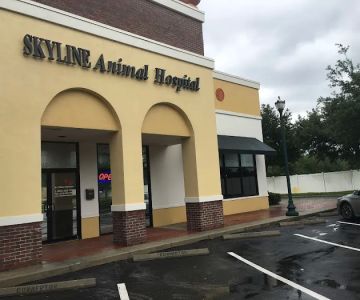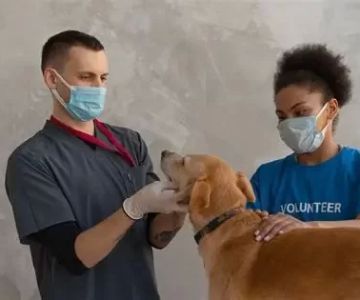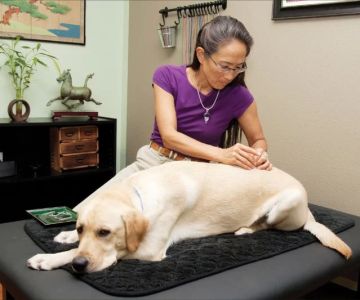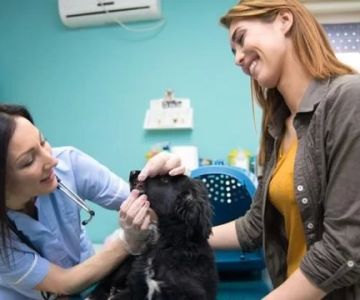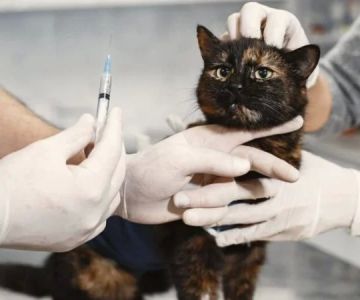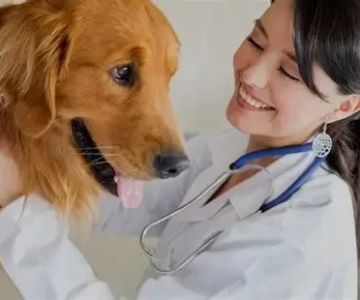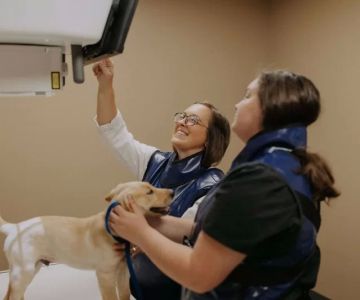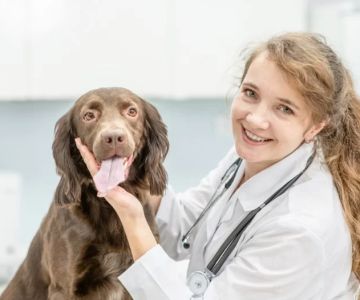Understanding the Education Requirements to Become a Veterinarian
Becoming a veterinarian is a rewarding career that requires a deep love for animals and a strong commitment to education. As a veterinary professional, veterinarians play a crucial role in animal care, from diagnosing illnesses and performing surgeries to promoting overall animal health. But what does it take to become a veterinarian? The education path to becoming a vet is rigorous, involving years of academic and hands-on training. In this article, we’ll explore what type of education is required to be a veterinarian, the steps involved in pursuing a career in veterinary medicine, and some personal insights into the process.
- Key Steps to Becoming a Veterinarian
- Pursuing an Undergraduate Degree
- Getting into Veterinary School
- Specialization Options in Veterinary Medicine
- Continuing Education for Veterinarians
- A Real-Life Journey: How I Became a Veterinarian
1. Key Steps to Becoming a Veterinarian
Becoming a veterinarian requires a series of educational steps, each building on the previous one. It’s not just about getting into veterinary school, but also about making sure you have the right foundation of knowledge and skills to succeed in this demanding field. As a future veterinarian, you’ll need to demonstrate not only academic prowess but also an ability to work well with animals and people alike. Let’s break down the key steps involved in becoming a veterinarian:
1.1 Earn an Undergraduate Degree
The first step to becoming a veterinarian is earning an undergraduate degree. Most veterinary schools require that applicants have completed at least a bachelor’s degree before applying. While there isn’t a specific major required, most veterinary schools prefer candidates with a background in science-related fields such as biology, chemistry, or animal science. I personally pursued a degree in biology, as it provided a strong foundation in the sciences, which was critical for my later studies.
In addition to completing the required coursework, many aspiring veterinarians gain experience by volunteering at animal shelters or working as veterinary assistants. Gaining hands-on experience early is not only beneficial for your application but also helps you develop a better understanding of the animal care field. I spent a lot of my free time working at a local animal shelter, which helped me become comfortable around animals and gave me valuable insights into the veterinary profession.
1.2 Take the GRE or Other Standardized Tests
Depending on the veterinary school you apply to, you may need to take the Graduate Record Examination (GRE) or another standardized test. These exams assess your academic abilities in areas such as verbal reasoning, quantitative reasoning, and analytical writing. While not all veterinary schools require the GRE, it’s important to check the admission requirements of the schools you’re interested in. I remember preparing for the GRE for months before applying, and while it was challenging, it was a necessary part of the process.
2. Pursuing an Undergraduate Degree
As mentioned earlier, an undergraduate degree is a prerequisite for veterinary school. The most common degree tracks for aspiring veterinarians include biology, animal science, and chemistry. Some veterinary schools may even offer pre-vet programs, which are specifically designed to prepare students for veterinary school. If you’re in high school or just starting college, it’s a good idea to look into these programs to determine which major best aligns with your interests and career goals.
During my undergraduate years, I focused on courses in anatomy, physiology, microbiology, and animal behavior, all of which provided a solid foundation for my veterinary studies. It’s important to maintain a strong GPA, as veterinary schools are highly competitive, and admissions officers will consider your academic performance when reviewing your application.
3. Getting into Veterinary School
Getting into veterinary school is one of the most challenging parts of becoming a veterinarian. With limited spots available at many veterinary schools, the competition is fierce. As a result, veterinary schools look for candidates with not only strong academic records but also relevant experience in the animal care field, a passion for veterinary medicine, and a genuine commitment to animal welfare.
The application process typically includes submitting your undergraduate transcripts, GRE scores (if required), letters of recommendation, and a personal statement outlining your interest in the veterinary profession. I remember spending hours working on my personal statement, detailing why I wanted to become a veterinarian and how my past experiences had prepared me for the challenges ahead.
3.1 Veterinary School Curriculum
Once accepted into veterinary school, you’ll begin a rigorous four-year program focused on both classroom learning and hands-on clinical experience. The curriculum includes courses in animal anatomy, surgery, pharmacology, pathology, and many other areas of veterinary science. You’ll also spend a significant amount of time working in clinical rotations, where you’ll treat live animals under the supervision of experienced veterinarians.
4. Specialization Options in Veterinary Medicine
After graduating from veterinary school, many veterinarians choose to specialize in a specific area of animal care, such as surgery, dermatology, dentistry, or oncology. Specialization usually requires additional training, including internships and residencies. The process can take anywhere from one to three years, depending on the specialty you choose. Specialization allows veterinarians to deepen their expertise in a particular area and provide more advanced care to their patients.
For example, one of my classmates decided to specialize in veterinary surgery, which required a rigorous residency program. The time and effort required to specialize is considerable, but for those passionate about a particular area of veterinary medicine, it can be incredibly rewarding both professionally and personally.
5. Continuing Education for Veterinarians
The learning process doesn’t end after veterinary school. In fact, continuing education is an important part of a veterinarian’s career. Advances in veterinary medicine are constant, and veterinarians must stay up-to-date on the latest research, techniques, and treatments. This is why many veterinarians attend workshops, seminars, and conferences throughout their careers.
Continuing education allows veterinarians to refine their skills, learn new techniques, and ensure that they are providing the best care possible for their patients. I’ve attended several conferences since becoming a vet, and I find them to be invaluable for expanding my knowledge and networking with other professionals in the field.
6. A Real-Life Journey: How I Became a Veterinarian
My journey to becoming a veterinarian was a long and challenging one, but it was also incredibly rewarding. From the moment I decided I wanted to work with animals, I knew that I had to commit to years of education and hard work. I spent four years in undergraduate studies, followed by four years of veterinary school, and then an additional year of internship training before officially becoming a licensed veterinarian. The journey was tough, but each step brought me closer to my dream of helping animals.
Along the way, I encountered many obstacles—high academic standards, long hours of study, and the emotional toll of dealing with sick animals—but I was always motivated by my passion for animal care. As a veterinarian, I now have the privilege of working with animals every day, helping to diagnose and treat their ailments, and providing comfort to pet owners. It’s the kind of job that is both challenging and deeply fulfilling.
If you're passionate about animals and have a strong desire to pursue a career in veterinary medicine, the educational path may be demanding, but it’s definitely achievable. With dedication and a love for the profession, you can achieve your dream of becoming a veterinarian and making a positive impact on the lives of animals and their owners.


